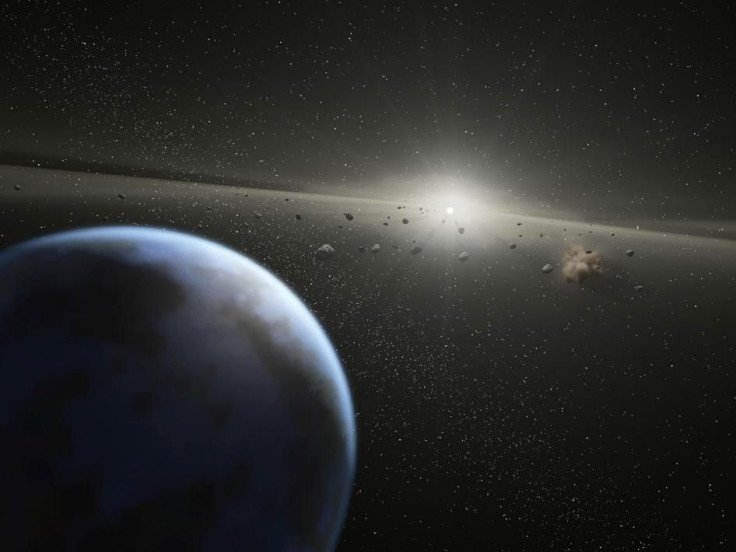5 Killer Asteroids Headed Towards Earth This September; One Is 2,133-Feet Wide

NASA is closely tracking five massive asteroids that are currently headed for Earth this month. The biggest one from the group is capable of creating a 6-mile-wide crater if it collides with Earth.
The first giant asteroid that will approach Earth this month is called 2019 GT3. According to NASA’s Center for Near Earth Object Studies (CNEOS), this asteroid is traveling at a speed of 30,500 miles per hour and is about 1,247 feet long.
CNEOS predicted that 2019 GT3 will approach Earth on Sept. 6 at 12:21 am EDT. During this time, it will be about 0.04996 astronomical units or roughly 4.6 million miles from the planet’s center.
Trailing behind 2019 GT3 is an asteroid known as 2010 CO1. As indicated in CNEOS’s database, this asteroid is currently moving with a velocity of 32,100 miles per hour and has an estimated diameter of around 853 feet.
This asteroid will enter Earth’s neighborhood on Sept. 13 at 11:42 pm EDT. It is expected to be about 0.03561 astronomical units or roughly 3.3 million miles away from Earth during its flyby.
The third massive asteroid that’s expected to fly past Earth this month is 2000 QW7. This asteroid is traveling at a speed of 14,361 miles per hour. With an estimated diameter of 2,133 feet, this asteroid is the biggest space rock to approach Earth this month.
According to CNEOS, 2000 QW7 will visit Earth’s neighborhood on Sept. 14 at 7:54 pm EDT. As it flies by to Earth, its closest distance from the planet will be 0.03564 astronomical units or about 3.3 million miles.
Following 2000 QW7 is an asteroid that has been identified by CNEOS as 2019 RC. According to the agency, this asteroid is moving at a speed of about 33,800 miles per hour and is estimated to be about 886 feet long.
2019 RC will approach Earth on Sept. 16 at 4:40 pm EDT. During its visit, the asteroid will be about 0.04482 astronomical units or about 4.1 million miles from the planet’s center.
The last gigantic asteroid that will zip past Earth this month is called 1998 FF14. Traveling at a velocity of almost 50,000 miles per hour, this asteroid is about 1,411 feet.
CNEOS expects 1998 FF14 to fly past Earth on Sept. 24 at 3:27 am EDT. During its approach, the asteroid will be about 0.02780 astronomical units or around 2.6 million miles away from Earth.
© Copyright IBTimes 2025. All rights reserved.





















